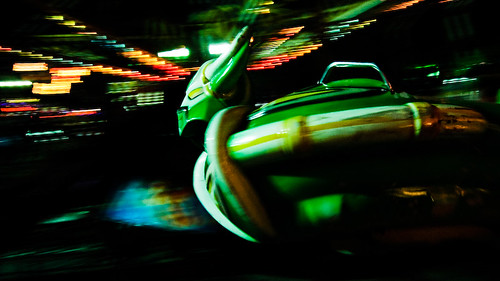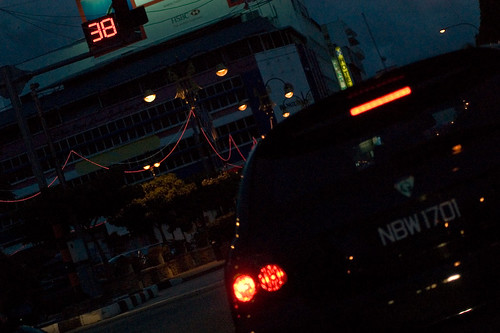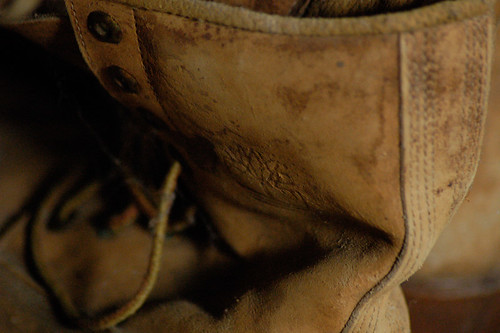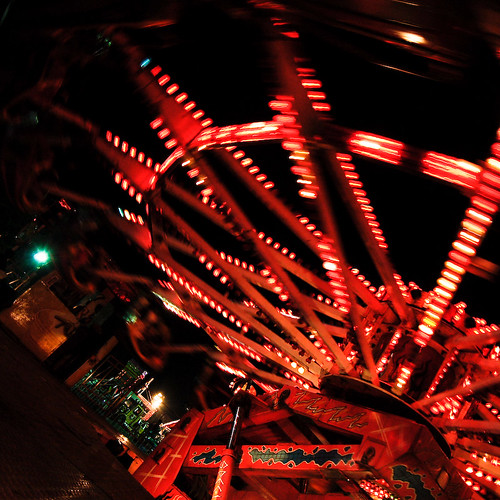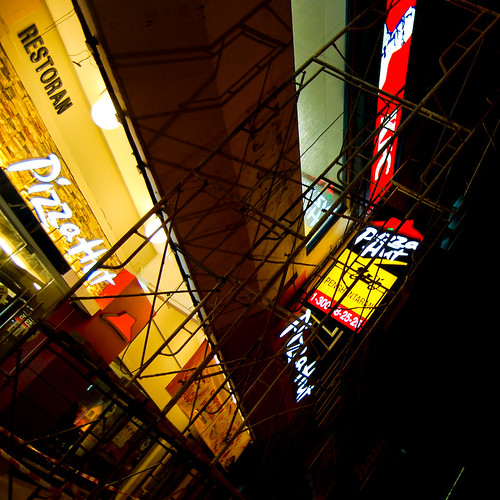The best lens for the camera is any which provides greater resolution than the sensor. When zooming in on any image made with that camera if a point, line, or edge can be defined by 1 or 2 pixels, then that lens is meeting or exceeding the resolution of the sensor. This is why DSLRs have such poor glass compared to high-end P&S cameras with crisp definition in all details. DSLRs have larger sensors, larger pixels, so they can get away with vastly lower tolerances for the glass. DSLR owners never realize this, they always want to believe they are getting what they pay for. They *are* getting something, but it's not what they paid for. They are getting the chance to play the fool is all.
For a clue on which P&S camera will have the ultimate lens attached, research any number of the resolution tests at dpreview.com. Download the high-resolution charts to see if edges and lines are defined by 1 or 2 pixels, from edge to center to edge. You'll find that those sporting designs from famous makers of glass (such as Carl Zeiss and Leica for example) will often surpass others.
Labels: AF-S Zoom-Nikkor ED 18-55mm f/3.5-5.6G DX, Night, Nikon D50, Photography



